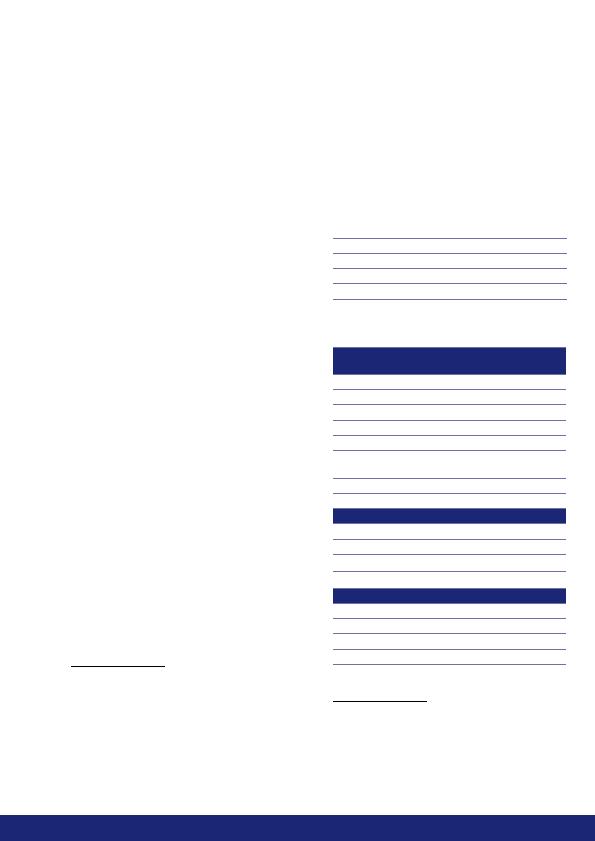
Courts section 6(2)(b)
to "courts and tribunals, to the extent they have
functions under Part 2 and Division 3 of Part 3"
of the Charter. While Division 3 of Part 3 refers
to the interpretive obligation in section 32, courts
and tribunals have grappled with the question of
how the Charter applies to them "to the extent
they have functions under Part 2". Because Part
2 of the Charter sets out the Charter's human
rights, this is a question of which rights apply
directly to courts.
page 32), the Court of Appeal confirmed that
courts are directly bound to act compatibly with
the right to a fair hearing (section 24) by reason
of section 6(2)(b).
effect to the right to a fair hearing. The Magistrate
had acted incompatibly with that right by failing
to inquire into the particular circumstances of the
individuals in that case and consider whether an
alternative order to an order of imprisonment was
available. The Court also considered it may be
directly bound to act compatibly with the right to
equality before the law (section 8(3)), however it
did not finally determine that question.
have a right to intervene in court cases that
raise the Charter. A party in a Supreme Court or
County Court proceeding must give notice to the
Attorney-General and the Commission that the
Charter is an issue in the proceedings (section
35).
to assist the court in its understanding and
application of the Charter, not to represent any
parties in the proceedings. The Commission has
publicly available guidelines to help determine
those cases in which we will intervene.
intervention function by assisting courts and
tribunals in understanding the Charter's operative
provisions and interpreting the scope of the
Charter's human rights.
notifications.
three in the Court of Appeal.
in four ongoing matters that commenced prior to
2012.
consistent with the previous Court of Appeal
decisions in De Simone.
were given in relation to applications that were
withdrawn or settled.
Secretary to the Department of Justice; and
Ghebrat v Secretary to the Department of Justice
together on 6 December 2012. There were three
separate notifications under section 35 of the
Charter, however the three matters are counted as
one intervention.
in 2012
(Special Leave Application)
in 2012